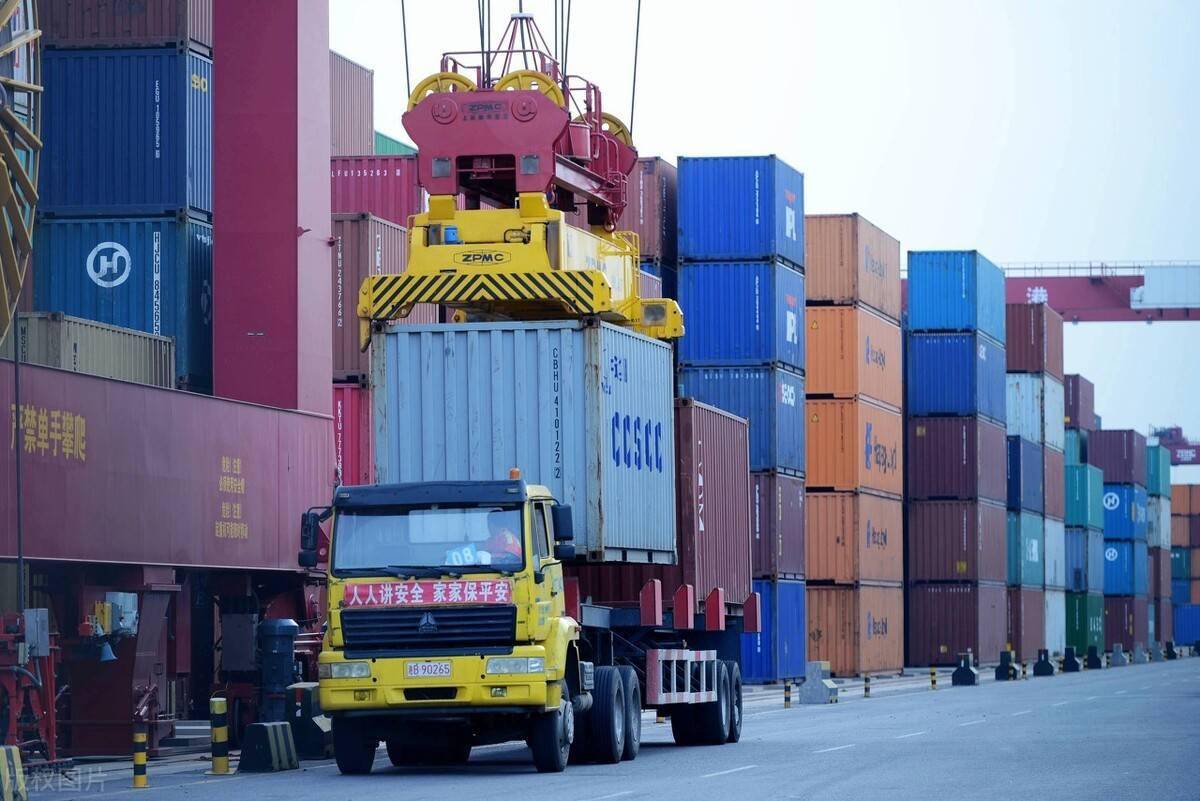
-
بيت
-
منتج
-
-
 NE-2 لون برتقالي
NE-2 لون برتقالي NE-2H اللون الأحمر
NE-2H اللون الأحمر
-
-
-
 410 613 مصباح نيون مزود بمقاوم وكابل وغطاء وأنابيب نيون مقاومة
410 613 مصباح نيون مزود بمقاوم وكابل وغطاء وأنابيب نيون مقاومة 513 616 مصباح نيون مزود بمقاوم وكابل وغطاء وطرف حلقي L
513 616 مصباح نيون مزود بمقاوم وكابل وغطاء وطرف حلقي L E10BA9S لحام القصدير بغطاء بلاستيكي، ملحومة بعقب، مصابيح نيون متوهجة مجعدة
E10BA9S لحام القصدير بغطاء بلاستيكي، ملحومة بعقب، مصابيح نيون متوهجة مجعدة نوع المصهر لحام القصدير بمصباح النيون، ملحوم بعقب، معقوص بمقاوم لقلم الاختبار
نوع المصهر لحام القصدير بمصباح النيون، ملحوم بعقب، معقوص بمقاوم لقلم الاختبار
-
-
-
 مصابيح مؤشر نيون مقاس 6 مم، تشير إلى المصابيح ذات المقاوم وكابل PVC وكابل السيليكون
مصابيح مؤشر نيون مقاس 6 مم، تشير إلى المصابيح ذات المقاوم وكابل PVC وكابل السيليكون مصابيح مؤشر نيون 10 مم، مصابيح إشارة مع كابل PVC
مصابيح مؤشر نيون 10 مم، مصابيح إشارة مع كابل PVC مصابيح مؤشر نيون مقاس 12 ملم لون أحمر مع كابل PVC مقاوم مجعد
مصابيح مؤشر نيون مقاس 12 ملم لون أحمر مع كابل PVC مقاوم مجعد
-
-
-
 3mm5mm ضوء LED، مصباح LED مع المقاوم والصمام الثنائي
3mm5mm ضوء LED، مصباح LED مع المقاوم والصمام الثنائي
-
-
-
 مصابيح LED مستديرة مقاس 3 مم، على شكل قش، ومياه صافية منتشرة
مصابيح LED مستديرة مقاس 3 مم، على شكل قش، ومياه صافية منتشرة مصابيح LED مستديرة مقاس 5 مم، شكل مسطح، منتشرة بالمياه
مصابيح LED مستديرة مقاس 5 مم، شكل مسطح، منتشرة بالمياه
-
-
- التطبيقات
- معلومات عنا
- أخبار
-
اتصل بنا
































تعليق
(0)